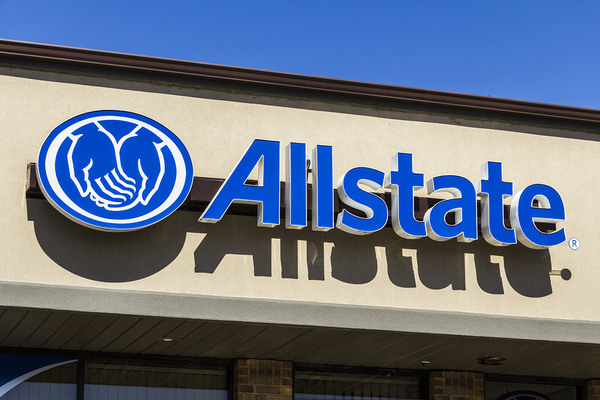Investments and cutting-edge technology will only go so far in ensuring acceptance of digital technology. While some industries have been transformed by digital technology – retail shopping and banks come to mind, as many consumers shop and bank entirely online now – others lag.

Customer experience matters to acceptance — and thus to success.
Many of the laggards need to realize that a customer’s experience matters to the ultimate acceptance and success of a digital product. All too many companies focus only on cost efficiencies behind the scene and on gaining a competitive edge over other business leadership. Customer user experience matters arguably more than these factors.
Fortunately, CIO magazine recently put together a list of the leaders in improving the digital experience of customers. Here are the top companies who cater to the consumer on the other side of the digital screen.

Allstate is a leader in customer experience.
1. Allstate
Many distressed motorists call Allstate when their vehicles get a flat or break down on the side of the road. Allstate is the leader here for two reasons. First, it uses an app to let customers find a service provider via their mobile phones.
Even so, though, roadside service can take up to two hours, which can be nail-bitingly long if you need help. Enter the second reason for Allstate’s award, its Good Hands Rescue Network program.
Essentially, this is a crowd-sourced program that lets “civilians” – often retired mechanics and service veterans – help stranded motorists, as long as they don’t need a tow truck. The size and strength of the Network, whose members are all background-checked by Allstate, has cut wait times by up to 75%. It also reduces costs to customers and provides contract work for the more than 2,000 people in the network.
2. Jefferson Health
In a word where digital technology news is often about Big Data and artificial intelligence (AI), Jefferson Health stands out because of its ability to combine both in a user interface that helps deliver data to those who need it.
As a result, healthcare outcomes are improving. Colorectal cancer screening, for example, improved to more than two-thirds from just 60%. Use of the interface drove the development of a comprehensive patient registry that indicated which patients needed screening. Screening has been shown to improve medical outcomes and decrease costs, as it enables conditions to be caught and treated earlier, before they have reached a more serious stage.
Jefferson Health was able to drive these improvements by centralizing its data and developing a platform for analytics. Both Jefferson and Thomas Jefferson University is the result of multiple mergers over a compressed time period: two universities and five health systems in three years. As in many mergers, that resulted in inconsistent and noncomprehensive data. Even more importantly, perhaps, it lacked strategic alignment with Jefferson Health’s goals. The platform, which utilized AI, machine learning, and predictive modeling, ultimately enabled the health system to reduce deaths and save $600,000 per year.
